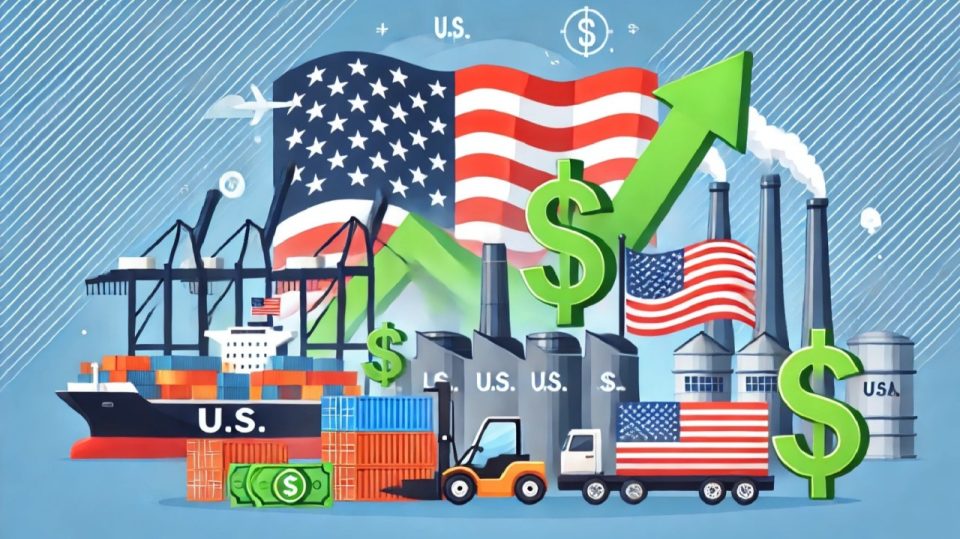The recent imposition of tariffs by the U.S. on goods from Canada and Mexico has sent shockwaves across the economy, particularly affecting states along the borders. These tariffs, aimed at reducing the U.S. trade deficit and addressing security concerns, have significant implications for local economies, businesses, and consumers. One of the notable impacts is on tourism, as Canadians are increasingly choosing to boycott U.S. destinations in response to the tariffs.
Border states, such as Texas, New Mexico, and Michigan, are particularly vulnerable due to their heavy reliance on trade with Canada and Mexico. These states are not only major exporters but also import significant volumes of goods, making them susceptible to disruptions in supply chains and price increases.
Texas is one of the most affected states due to its strong trade ties with Mexico. The state exports billions of dollars in semiconductor chips, auto parts, and electrical equipment to Mexico, which are then integrated into products like cars and appliances before being re-exported to the U.S.. The tariffs could lead to a $15.3 billion economic loss for Texas, impacting local businesses and employment opportunities. For instance, companies involved in the automotive supply chain might face increased costs, potentially leading to higher prices for consumers or reduced profit margins.
New Mexico’s economy is heavily reliant on exports to Mexico, with about 70% of its exports going south of the border. The state’s semiconductor and electrical component industries are particularly exposed, as these products are crucial components in Mexican-made vehicles and appliances. The tariffs could result in a significant economic hit, with estimates suggesting a loss of $1.73 billion, translating to an additional $822 per resident. This financial strain could lead to reduced consumer spending and economic activity.
Michigan, known for its automotive industry, is another state feeling the pinch. The tariffs on auto parts from Canada and Mexico are expected to increase production costs for U.S. automakers, potentially adding up to $3,000 to the price of some vehicles. This could lead to reduced demand, impacting not only manufacturers but also suppliers and dealerships across the state. Michigan is projected to face a $6.2 billion economic blow, which is over 1% of its GDP
Michigan is also facing significant challenges due to a Canadian travel boycott. The state’s tourism industry, which relies heavily on Canadian visitors, is at risk of losing millions in revenue. Over one million Canadian tourists visit Michigan annually, contributing to the state’s $26 billion tourism sector. However, with Prime Minister Justin Trudeau urging Canadians to prioritize domestic travel, Michigan’s tourism industry is bracing for a challenging summer season. Cities like Traverse City and Ann Arbor, known for attracting international visitors, stand to lose a substantial portion of their customer base.
Canadians are increasingly opting for domestic travel or alternative international destinations in response to the U.S. tariffs. This shift is evident in the sharp rise in vacation cancellations to U.S. destinations, with many Canadians choosing to spend their vacation dollars in regions like Mexico and the Caribbean instead. The Canadian travel boycott is not only affecting Michigan but also impacting other states that rely on Canadian tourism, such as Florida and New York.
The tariffs have broader implications beyond these states. They could lead to a rise in consumer prices across the U.S., affecting grocery bills and other essential goods. Additionally, the automotive sector, which relies heavily on cross-border supply chains, is likely to see significant disruptions and cost increases.
The U.S. tariffs on Canada and Mexico are having profound effects on border states, impacting local economies, businesses, and consumers. As these states navigate the challenges posed by these tariffs, it remains to be seen how they will adapt and whether alternative trade strategies will emerge to mitigate these impacts.

